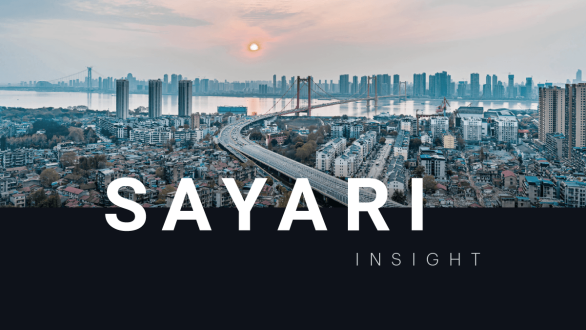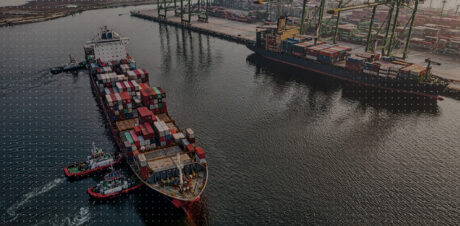Mitigating the risk of Xinjiang forced labor in global supply chains is an incredibly important issue facing both governments and importers right now. The Uyghur Forced Labor Prevention Act (UFLPA), which went into effect on June 21, 2022, is the most comprehensive action taken by the U.S. government to date to address the issue of forced labor in Xinjiang.
The UFLPA has shifted the burden of proof to the importer. Any product made wholly or in part in China’s Xinjiang Uyghur Autonomous Region is presumed to be manufactured through forced labor and therefore banned from entering the U.S. If an importer believes their product from Xinjiang was not made with forced labor, they will need to provide thorough, third-party vetted documentation that proves otherwise.
The law’s intent is clear: to address the issue of forced labor, businesses need to have better visibility into their supply chains. Luckily, there’s a lot we can do to mitigate the risk of forced labor in supply chains using public records.
1. What’s in a company name?
The first way to identify forced labor risk associated with a current or potential supplier is by examining the company name.. The names of Chinese companies are highly structured, often including the name of the region where it’s operating. Therefore, seeing “Xinjiang” in a company name is the first red flag of potential forced labor.
Another name to look out for is the Xinjiang Production and Construction Corps (新疆生产建设兵团). In China, legal entities may only use the name of a government agency if they are owned by that government agency or one of its components – so companies with “XPCC” in their name should be considered part of the XPCC corporate group. Of course, this presents additional risk, because the XPCC is under OFAC sanctions.
>> Our UFLPA tip sheet provides helpful search terms of forced labor investigations <<
2. Location, location, location
Next, verify the registered addresses of any supplier you’re working with in China. Clearly, any entity listing “Xinjiang” in their address would be assumed to use forced labor under the UFLPA. But keep in mind, some businesses will only list the city, not the region, in their addresses. You will need to verify that the cities your suppliers are located in are not in the Xinjiang region. Postal codes tend to be the most consistent part of Chinese addresses, so we recommend paying close attention to those.
Addresses are useful indicators but lack standardization. That’s why, in Sayari Graph, you are now able to see geocoded Chinese data that will automatically flag companies registered in Xinjiang, streamlining the location screening process.
>> Watch a Master Class on finding Xinjiang forced labor risk in Sayari Graph <<
3. Surfacing forced labor risk in company relationships
Indicators of potential forced labor are readily apparent in company names and addresses. But it’s important to understand that forced labor risk can and does enter supply chains multiple tiers away from directly contracted suppliers. That’s why it’s important to examine upstream and downstream relationships to surface hidden risk associated with your suppliers.
Ultimate Beneficial Ownership
Identifying the ultimate beneficial ownership (UBO) for the suppliers in your supply chain is critical. While a business may not have indicators of potential forced labor in its name or address, the same might not be the case for its beneficial owner.
>> Learn how to use public data to uncover ultimate beneficial ownership <<
A comprehensive supply chain audit requires you to look for ownership by any company on the UFLPA entity list, the XPCC, or any other companies with known ties to forced labor.
Downstream risk
The same can be said about downstream entities – companies at the bottom of an ownership chain can introduce forced labor risk into the supply chains of entities that own them.
In China, it’s not uncommon to see large companies owning or controlling multiple components in a supply chain, or what is also known as vertical integration. Just because a large company itself does not have any overt ties to forced labor, doesn’t mean the same is true for the companies they own.
In a vertically integrated supply chain, downstream entities that have indicators of forced labor increase the risk that inputs made from forced labor ultimately end up in the supply chain of the parent company. An example of this is a large conglomerate headquartered outside Xinjiang that directly or indirectly owns several manufacturers in the Xinjiang region.
For more detailed information on how to conduct supply chain audits with public records and a list of top sources to reference for Xinjiang forced labor risk, read our report “Investigative Tactics for Mitigating Xinjiang Forced Labor Risk Under the UFLPA.”



